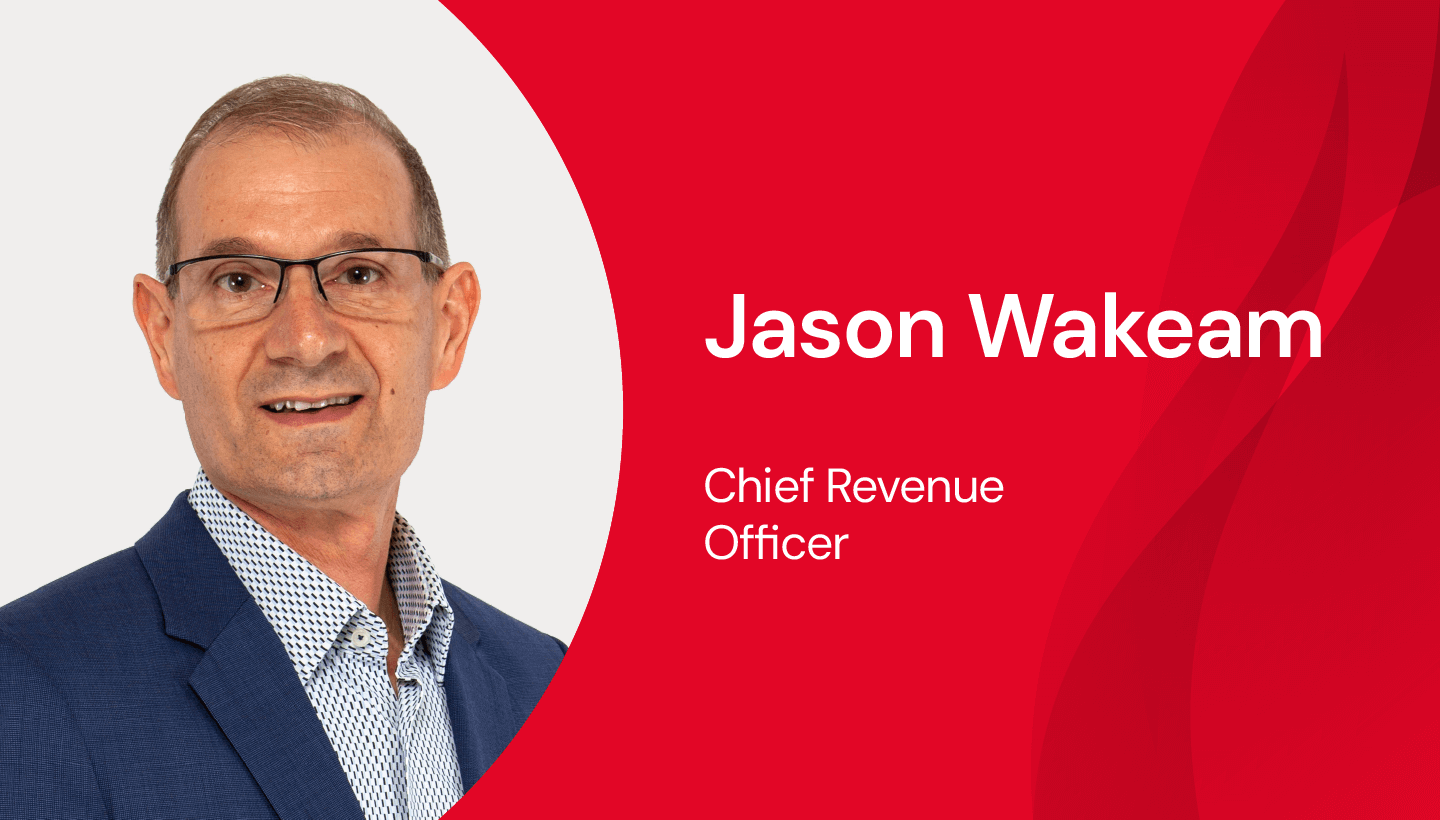While Backblaze has customers all around the globe, the company itself is a pretty small enterprise with just over 50 employees. Many of those employees are actually remote. 75% of Backblaze employees work from the main Backblaze office (San Mateo), 15% are data center employees, and 10% are working remotely full-time.
Many companies that were the pioneers with flexible work arrangements are now pulling back and asking their employees to report into an office. Why? Some part of that is due to not knowing how to manage these types of employees and belief that having an employee in the office will improve work performance.
At Backblaze, we think that managing our diverse workforce is certainly a challenge… But, as the saying goes, the juice is worth the squeeze.
Communication Is Key
When Backblaze first started, everyone worked out of the same room. Being five feet away from someone tends to make communication easy (sometimes too easy). The first data center was just a few miles away, so if we needed to do something in it, we’d just hop in a car and drive over—calling co-workers from our cell-phones if we needed some help or guidance. Now, things have changed slightly and we use a lot of different tools to talk amongst ourselves.
It started with emails, then morphed into Google Chat, then to Google Hangouts, and now we have a whole suite of communication tools. We use Hangouts and Slack to chat internally, Meet for video conferencing to bridge remote employees, and good old fashioned telephones when the need arises. Tools like Trello, Redbooth, and Jira can help project manage, as well—making sure that everyone stays on the same page.
For HR-related needs, we use a variety of tools/perks to simplify employees’ lives whether they are at the office or at home enjoying time with their families. These tools include a human resource information system (HRIS) called Namely, Expensify (expenses), Carta (stock), Fond (perks), and Heal.
The most popular tool we use is Slack. Each department, location, product, and support group have their own channel. We also have social channels where all the GIFs and news links live. Slack also has the added benefit of allowing us to limit what information is discussed where. For example, contract employees do not have access to channels that go beyond their scope and focus areas.
Solve for Culture, Not Off-site vs. On-site
One of the keys to managing a remote workforce is realizing that you’re solving for overall culture. It’s not about whether any group of employees are in office X or Y. The real question is: Are we creating an environment where we remove the friction from people performing their roles? There are follow-up questions like “Do we have the right roles defined?” and “Do we have people in roles where they will succeed?” But by looking at managing our workforce from that point of view, it makes it easier to identify what tools and resources we need to be successful.
There’s no right way to manage remote employees. Every work environment is different and the culture, available technology, and financial capability affects how employees can interact. Backblaze went through a ton of iterations before we found the right tools for what we were trying to accomplish, and we’re constantly evolving and experimenting. But we have found some consistent patterns…
-
-
Nothing Beats Human Interaction
-
Even with all of the communication tools at our disposal, getting together in person is still the best way to get through projects and make sure everyone is on the same page. While having group meetings via Slack and Meet are great for planning, inevitably something will fall through the cracks or get lost in cyberspace due to poor connections. We combat this by having all of our remote employees come to the main office once every two months. When we hired our first remote engineers, this was a once-a-month visit, but as we got more accustomed to working together and over the web, we scaled it back.
These visits allow our engineers to be in the office, be part of meetings that they’d otherwise miss, and meet any new employees we’ve hired. We think it’s important for people to know who they’re working with, and we love that everyone at Backblaze knows (or at least recognizes) each other. We also plan our company outings around these visits, and this brings about a great company culture since we get a chance to be out of the office together and interact socially—which is a lot more fun than interacting professionally.
-
-
Don’t Fear HR
-
When you have a small workforce, duties can sometimes be divided amongst a variety of people—even if those duties don’t pertain to their ‘day job.’ Having a full-time HR person allowed folks to jettison some of their duties, and allowed them to get back to their primary job functions. It also allowed HR to handle delicate matters, many of which were amongst the most dreaded for folks who were covering some of the responsibilities.
What we’ve found in creating the full-time HR role for our remote workforce was that we finally had an expert on all HR-related things. This meant that we had someone who knew the laws of the land inside and out and could figure out how the different healthcare systems worked in the states where our employees reside (no small feat).
But Why Bother?
There is a principle question that we haven’t yet addressed: Why do we even have remote employees? This gets back to the idea of looking at the culture and environment first. At Backblaze, we look to hire the right person. There are costs to having remote employees, but if they are the right person for the role (when accounting for the “costs”), then that’s the right thing to do. Backblaze is performance driven, not based off of attendance and how long you stay at the office. I believe the you need a balance of both office work as well as remote to allow the employee to be most productive. But every company and setting is different; so experiments need to take place to figure out what would be the perfect blend for your team atmosphere.





